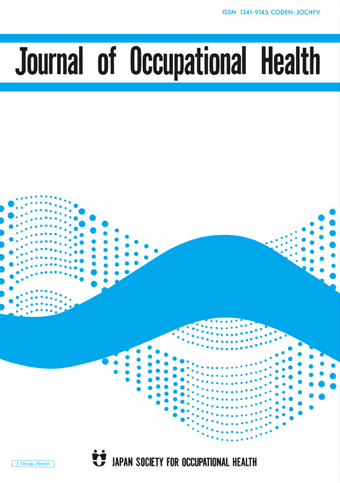Are Wearable Devices Useful in Tracking Health Parameters of Truck Drivers At Work?
Globally, the rise of e-commerce is also causing growth of the cargo and shipping industry. In Japan, majority of e-commerce shipments are routed via trucks. While the increase in e-commerce has definitely translated into expansion of the trucking sector, it also has its share of shortcomings, the decreasing health and well-being of the truck drivers being one of them.
Compared to workers employed in other industries, truck drivers work for approximately 20% longer, and report several health issues. The Japanese government has put in place guidelines which are meant to mitigate the risk of diseases and death among truck drivers. These guidelines recommend daily monitoring and regular health check-ups for early detection of diseases. However, for understanding the truck drivers’ actual health condition, it is also important that their at-work circulation dynamics get monitored.
So, in this study, researchers tested if wearable devices such as wristbands and bracelets could be used for collecting readings of health parameters of the truck drivers at-work. They reasoned that if collected, this vital data could be used to provide health guidance to truck drivers.
130 truck drivers were provided with wearable health monitors that tracked their heart rates, systolic blood pressure, and respiratory rate while they were at work. Any stress-related changes in these parameters was noted.
The researchers observed frequent fluctuations and increases in vital signs while the truck drivers were at work. This data revealed the health risk among several drivers. Interestingly, this risk was not observed during general health examinations, where work-stress-related fluctuations of vital signs remain unmonitored.
In summary, this study reveals the usefulness of wearable devices in monitoring health risks among truck drivers. While there are some difficulties in evaluating the raw data obtained from these devices, they do accurately measure heart rate and other vital ratios. Thus, even as the development of wearable devices is still undeway, these findings can help optimize and improve their accuracy for preventing health hazards among occupational workers.
Link to the original journal article:
https://www.jstage.jst.go.jp/article/eohp/4/1/4_2021-0017-FS/_article/-char/ja
Evaluation of health status of truck drivers by vital sign monitoring using wearable devices: a cross-sectional pilot study
Mitsuo Uchida, Shinobu Matsuda, and Guglielmo Dini
Here are some ways you can make it easier for your plain-language summary to be discovered once it has been published:
- Upload the summary on your personal, lab/research group, or university website.
- Share the published content with peers and colleagues through your personal social media accounts (Facebook, Twitter, Blogs, and LinkedIn). Link this back to the journal’s social media promotions for your paper.
- Include the link to the published post in your email signature line.
News & Announcement
-
Jun 11, 2021Lay Summary page open!Lay Summary page provides you article summaries in order of study categories. You can...
-
Oct 1, 2019EOH-P is now released!The Environmental and Occupational Health Practice (EOH-P) has been released. Please ...
-
Feb 5, 2019Submission Available Now!!The Environmental and Occupational Health Practice(EOH-P)will be newly published in J...
Journal Info
Average 46.14 days from submission to first decision
Average 120.95 days from submission to acceptance







